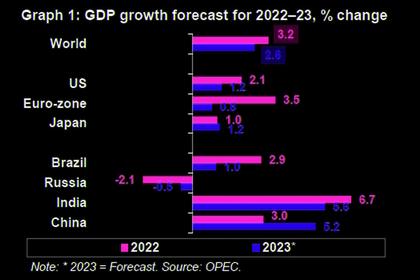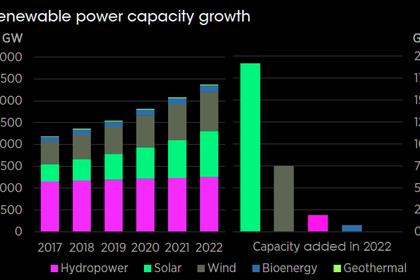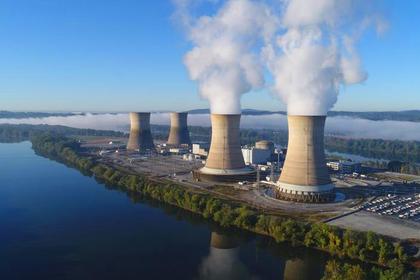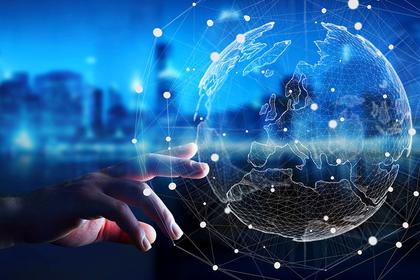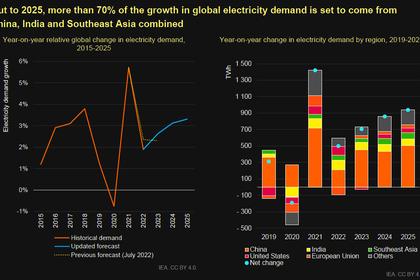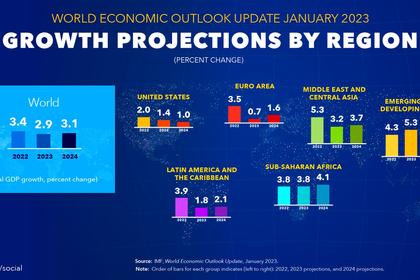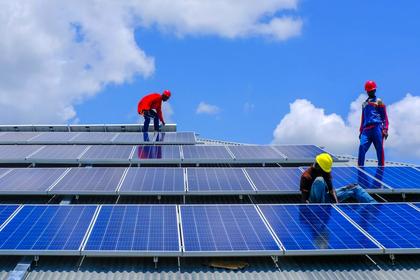
GLOBAL SMART ELECTRICITY
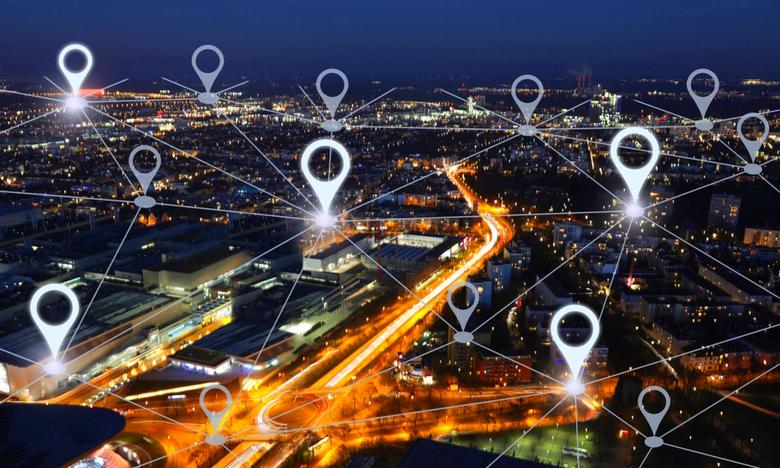
By LLEWELLYN KING Executive Producer and Host, White House Media, LLC
ENERGYCENTRAL - Mar 19, 2023 - America’s electric utilities are undergoing a revolution — one which is quiet but profound.
Since Thomas Edison set the ball rolling, utilities have made electricity in a central station and dispatched it down a line to a consumer. It was a simple transaction: manufacture, transport, sell.
Now it is getting more sophisticated. So long a one-way street for electrons, those wires are getting two-way traffic.
Electricity is beginning to be more multidimensional. Smart, if you will.
There is talk about the “smart grid” and the “smart meter” in your home. More than 70 percent of electric meters nowadays fit the smart classification, which means they are equipped to play a part in a virtual power plant.
Most of us are aware of the shift from coal and natural gas generation to renewables, mostly wind and solar. But hydro, tidal and geothermal are also classed as renewable.
This new wave in electricity is known as distributed energy resources (DER), and it is sweeping the country and the world.
DER are energy resources mostly located close to the place where the demand is. Renewables tend to require a lot of land and to be situated primarily where the wind blows and the sun shines.
DER harness a lot of slack, which already exists in the electric grid. Utilities are looking to incorporate new sources of electricity and storage, besides their own battery installations. These include commercial and home rooftop solar, if they have batteries installed, and in the future will embrace electric vehicle (EV) batteries by contractual arrangement. Privately owned commercial and home generators will also be included.
Rooftop solar, EVs and their associated batteries are, in fact, a kind of Uberization of that resource, which is growing all the time as more companies and homeowners put panels on their roofs and buy EVs.
DER incorporate what used to be called demand-side management. Industrial, commercial and residential consumers enter into a partnership with the utility to curtail electricity use at times of stress for the supply.
For example, data miners may contract to turn off their servers during peak demand times, mostly in the evening. A retailer might tune up the air conditioning in the storage areas of the facility. A homeowner might agree not to operate their washing machine or dishwasher; or to charge their EV in the evening, but instead to allow the utility to buy back some of the charge. Or simply to set a thermostat higher between 5 p.m. and 8 p.m. for a rebate or a check.
DER also offer something not often seen: a wholehearted endorsement by both the utility industry and the environmental community, often at odds over everything from fuels to power lines. They fit the common environmental view that less is more.
Brian Keane, who runs SmartPower, an environmentally conscious, power marketing organization that has been a strong voice for solar, says, “DER is a win for the residential consumer, the local utility, and society at large.”
David Naylor, president of Rayburn Electric Cooperative, a utility bordering the Dallas metroplex, says: “Rayburn views DER as a resource that has tremendous potential to both lower our members’ bills and to improve reliability while minimizing the lifestyle impact.
“For example, should Rayburn be instructed to shed load, DER enables us to meet those obligations while the users see no difference in their homes. During extreme weather, DER also increases our flexibility to meet the power obligations and backstop reliability.”
The head of another Texas utility, Rudy Garza of municipally owned CPS Energy in San Antonio, notes the same advantages but adds that DER will help CPS with decarbonization.
I find similar enthusiasm among leaders across the industry.
Duane Highley, CEO of Tri-State Generation and Transmission near Denver, says DER benefits from geographic scale and is reaching a point where distributed resources can be bid into the market in the same way as other generation. In other words, these resources are a virtual power plant, something environmentalists have been talking about for a while.
The key is reliable and independent data flows and communications between smart meters and the whole interconnected world of the smart electric utility of the future.
DER is coming of age at a time when new sources of power are likely to be needed in increasing volumes. Most forecasts say the demand will double by 2050 and that supplies, already tight in New England, Texas the mid-section of the country, and California. All could reach a breaking point in a few years.
At present, DER is the best hope to keep the electrons flowing from where they are hiding to where they are needed.
-----
This thought leadership article was originally shared with Energy Central's Generation Professionals Group. The communities are a place where professionals in the power industry can share, learn and connect in a collaborative environment. Join the Generation Professionals Community today and learn from others who work in the industry.
-----
Earlier:
